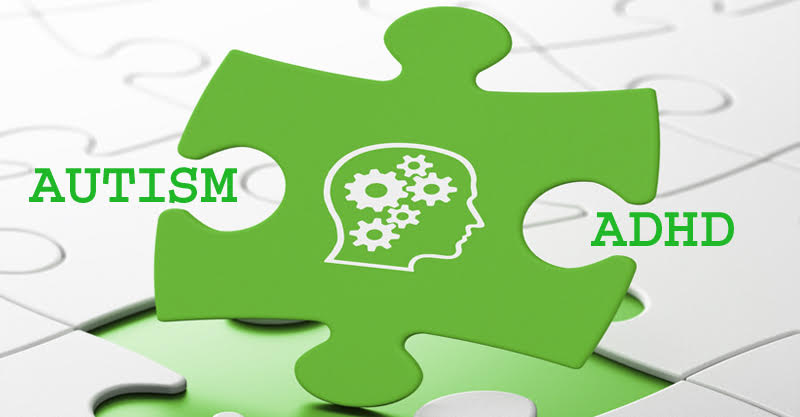Are Teen Neurodevelopmental Disorders Caused by Vaccines and Other Toxins being Masked by Big Pharma as “Mental Health” Disorders?
American teenagers are drowning in a rising tide of disorders: behavioral issues, sensory problems, depression, self-harm and more. The medical-pharmaceutical industry has rushed to brand all of these problems as mental health conditions treatable with profit-generating drugs. Few are talking about the broader neurodevelopmental crisis—triggered in part by environmental toxins such as the mercury and aluminum in vaccines—that is sabotaging children’s neurodevelopment and sapping adolescent resilience. Why do children and teens currently have such high levels of mental and neurologic dysfunction? Although the pro-Pharma health care system in the U.S. makes it socially taboo to say so, vaccines and other pharmaceutical products are some of the most likely culprits. As has been discussed in other World Mercury Project articles about children’s health, this supposition is backed by sound science. However, if Big Pharma gets their way, mental illness will become “a normal and acceptable part of childhood,” conveniently letting the manufacturers and purveyors of environmental toxins, such as vaccines, off the hook.




